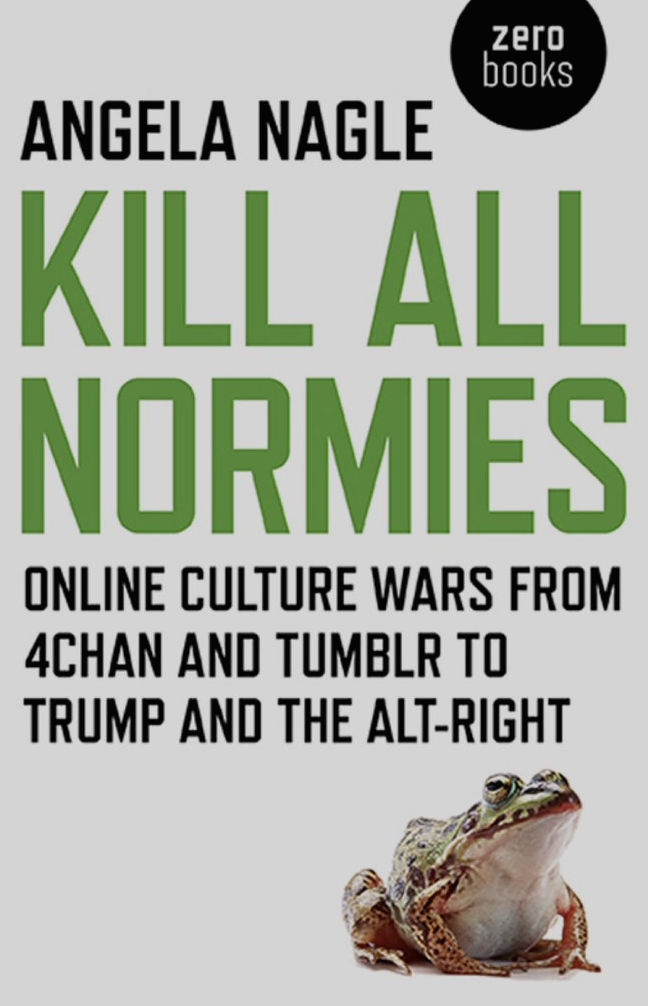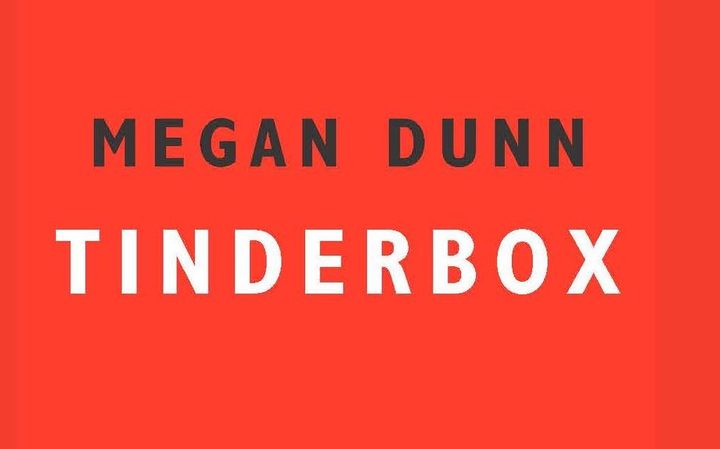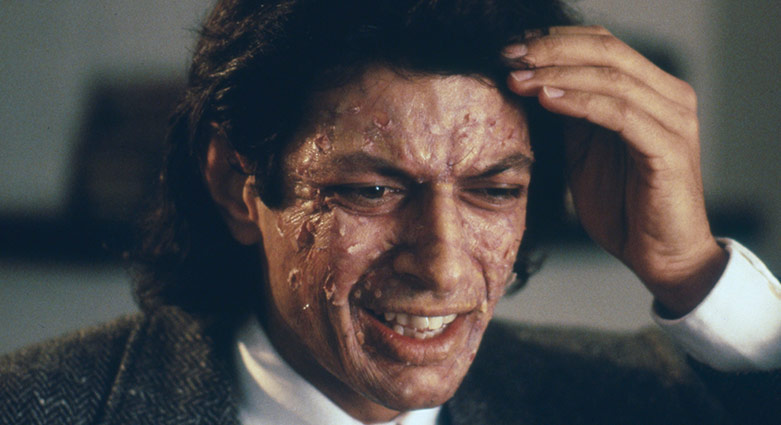.
Once upon a time, we imagined the Internet connecting us, one and all, as a big happy family. But now, we see how it separates us, creating enclaves, breeding trolls. In Kill All Normies (Alresford: Zero Books, 2017), Angela Nagle charts the evolution of online subcultures of both the left and right, and shows how they paved the way for the emergence of the alt-right and Trump. It’s a fascinating, scary little book.
Nagle shows how sanctimonious, intolerant, and prescriptive the online left has become. Its clicktivists, snowflakes, and social-justice warriors are obsessed with safe spaces and parking their privilege. But this has a sinister side. In insisting on the scarcity of virtue, the left polices ever more arcane forms of political correctness. The left eats itself.
Nagle understands the emergence of the anti-establishment alt-right—rude and crude, misogynist and racist—as a reaction to this. It’s impressive how far she, as a left-winger, will go to understand their toxic mindset and how it has evolved in the online petri dish. Paradoxically, she also reveals how much this new brand of right-wing thinking has taken from the left, from Gramsci’s cultural Marxism and from postmodern art strategies of irony and transgression. It makes it hard to beat.
Clearly, we’re in a new phase of the culture wars. Nagle offers a roadmap to the rabbit hole. Required reading.
•


